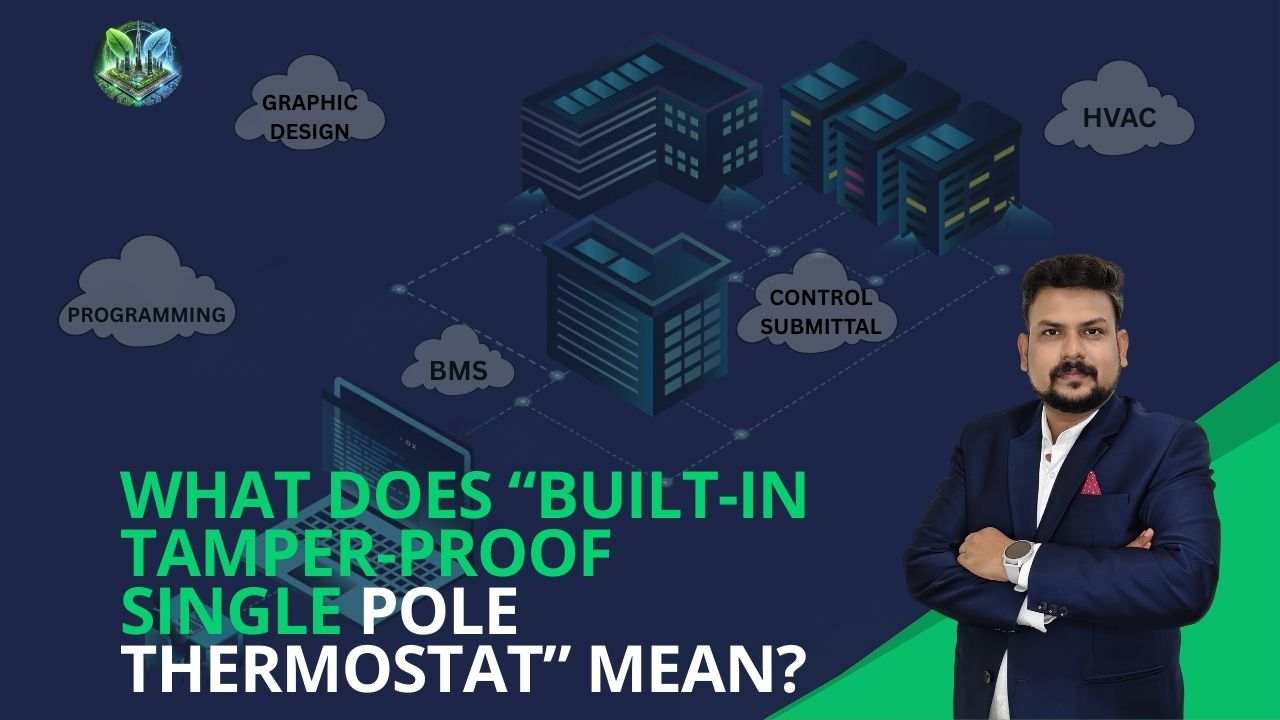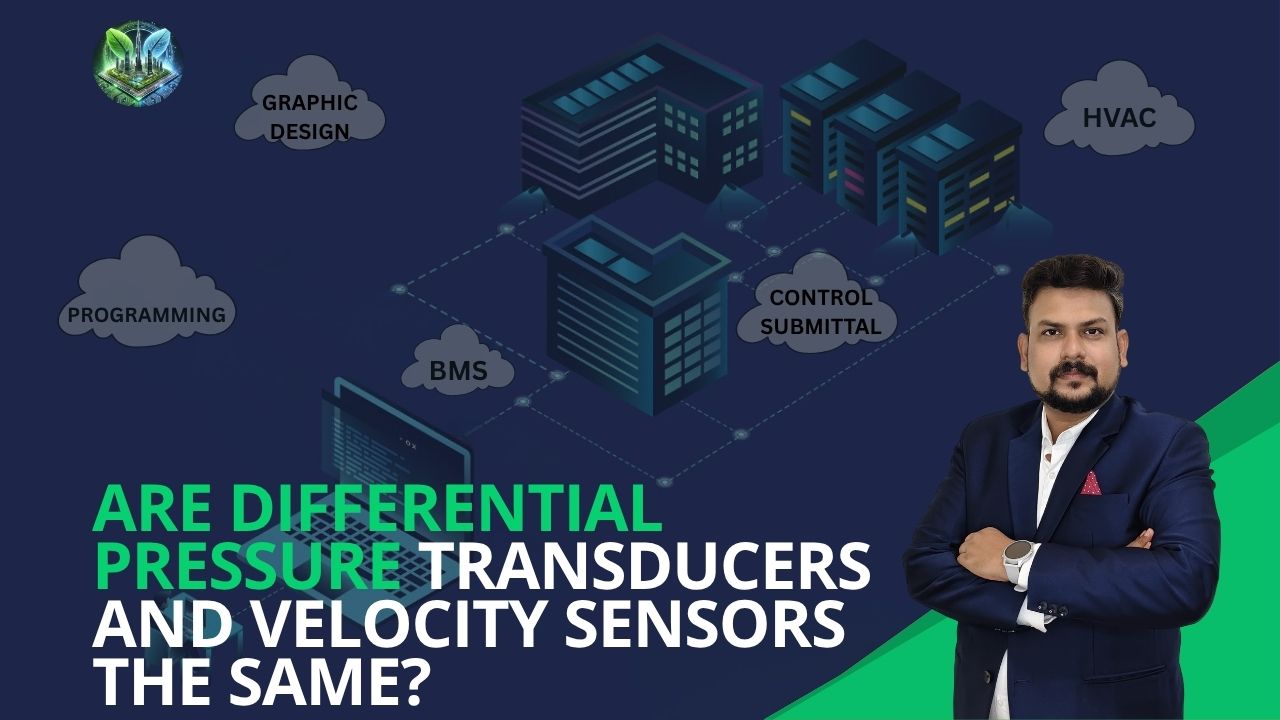.png)
Upstream vs Downstream – What’s the Difference in HVAC
Ever wondered what “upstream” and “downstream” really mean in your HVAC system? Here’s a simple breakdown: **Upstream** refers to the section **before** a component—where air or water is approaching it—while **downstream** is the section **after** the component—where air or water has already passed through. For example, when air flows through a heating coil, the air **before the coil** is upstream, and the air **after the coil** is downstream. Understanding this is crucial when installing sensors like freezestats, temperature sensors, or pressure switches. Correct placement ensures optimal protection, accurate readings, and better system performance.
Ever been confused about where “upstream” and “downstream” are in your HVAC system? Here’s a quick guide:
Upstream = Before a component (air or water is approaching it)
Downstream = After a component (air or water has passed through)
Example:
Air flowing through a heating coil:
• The section before the coil = Upstream
• The section after the coil = Downstream
This matters a lot when placing sensors like freezestats, temperature sensors, or pressure switches. Right placement = right protection and performance.

.jpg)


.jpg)


.jpg)
.jpg)
.jpg)
.jpg)
.jpg)
.jpg)
.jpg)
.jpg)
.jpg)
.jpg)
.jpg)
.jpg)
.jpg)
.jpg)
.jpg)
.jpg)
.jpg)
.jpg)
.jpg)
.jpg)
.jpg)
.jpg)

.jpg)
.jpg)
.jpg)
.jpg)

.jpg)
.jpg)
.png)
.png)



.png)
.png)
.png)
.png)
.png)
.png)
.png)
.png)
.png)
.png)
.png)
.png)
.png)
.png)
.png)
.png)
.png)
.png)
.png)
.png)
.png)
.jpg)
.png)
